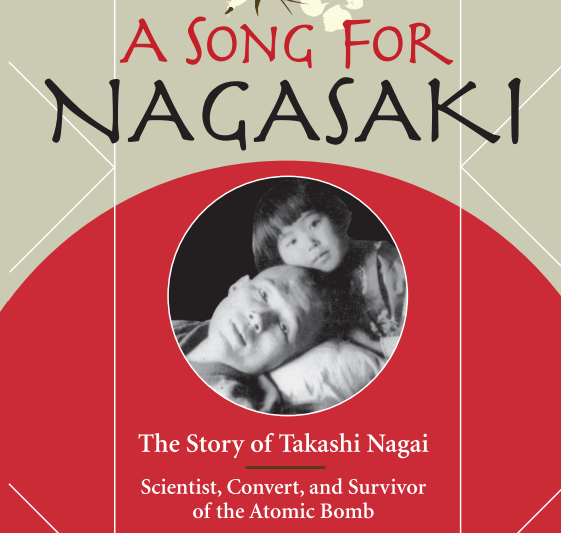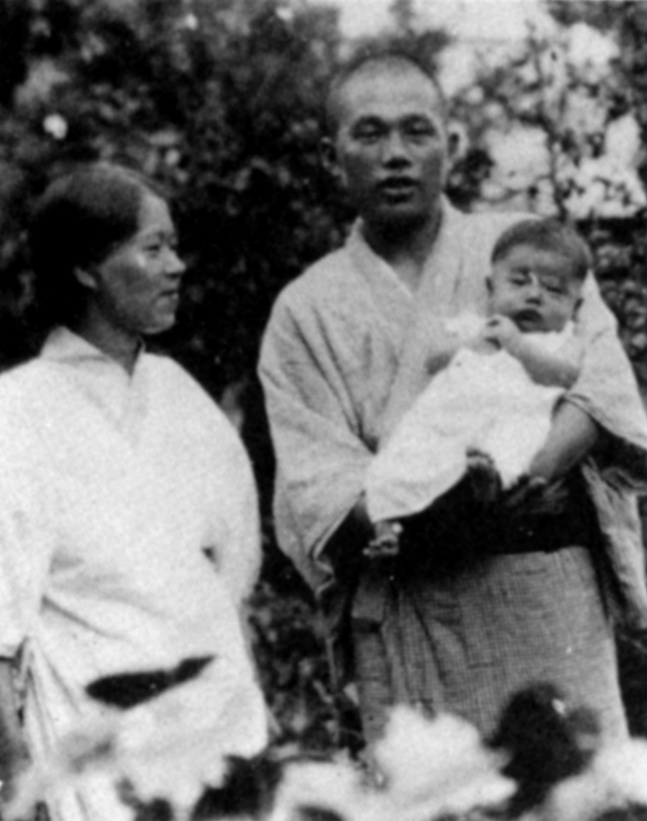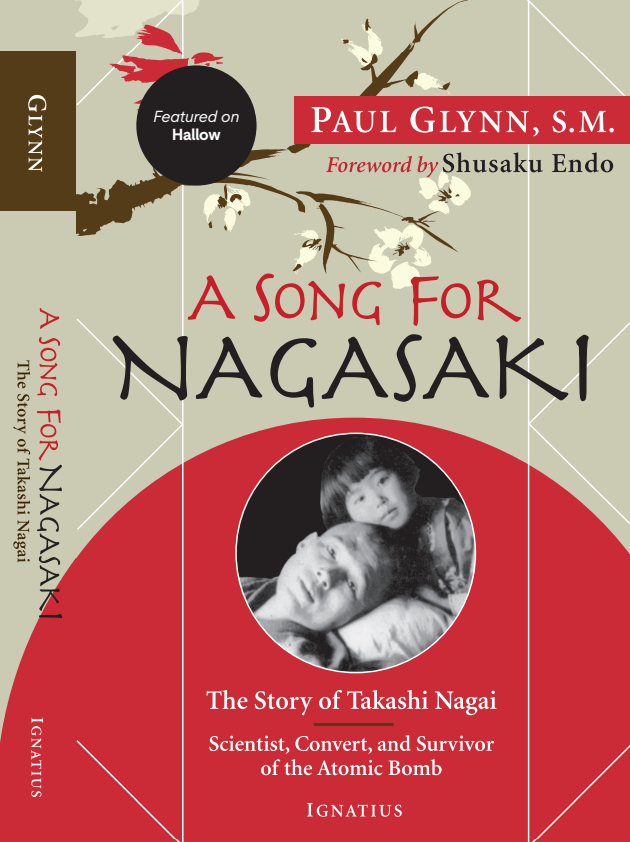Known as the Saint of Nagasaki or the Saint of Urakami (the region of Nagasaki most directly impacted by the atom bomb), Takashi Nagai (永井隆) has not officially been canonized, but his work serving his community following the devastation of World War II has inspired Catholics around the world.
Born near Hiroshima in 1908, Nagai was an atheist as he pursued a journey towards becoming a doctor.
Along the way, Nagai discovered the writings of Pascal, which challenged his views on the existence of God. He later was invited to attend Christmas Eve midnight Mass by the Moriyama family, with whom he had been staying during his studies.
Nagai was struck by the roar of the congregation singing loudly.
Fr. Paul Glynn, author of A Song for Nagasaki, a biography about the like of Nagai, wonders…wonders “…was he disturbed because ordinary people could take an uncomplicated stand for goodness and truth, while he was a footloose academic and ethical dilettante who could not?”
He was also struck by Midori Moriyama, the daughter of the husband and wife who hosted him during his studies of radiology. The two eventually fell in love and planned to marry, despite his warning her “Remember, radiologists die young.”
Nagai married Moriyama in August 1934, just months after he was baptized. The couple welcomed four children into the world, two of whom died as infants.
Surviving Nagasaki
Nagasaki was home to the largest Catholic community in Japan.
Throughout his career Nagai worked with x-ray equipment, that at the time, did not shield well from radiation exposure. By the time World War II erupted, Nagai was diagnosed with leukemia.
On August 9, 1945, the U.S. military dropped an atomic bomb roughly 2,000 feet from where Nagai did his research at a hospital. He was badly injured but cared for those who flooded into the hospital. The blast wiped out approximately 8,500 of the 12,000 parishioners at the Immaculate Conception Cathedral.
It took him two days to make it back to his home, where he found Midori’s lifeless, charred body, clutching a pair of rosary beads.
RELATED: Takashi Nagai, God’s Will and the Atomic Bomb
Action in the Aftermath
The radiation from the blast worsened Nagai’s leukemia but he continued serving others impacted by the blast.
When his own condition became nearly unbearable, he asked in prayer for the intercession of Maximillian Kolbe, whom he met years earlier. He was healed and continued to serve.
He also sought to help Japanese Catholics make sense of such a horrific experience, encouraging people to keep the faith and rebuild from the destruction.
Nagai also led efforts to recover the bells from Immaculate Conception Cathedral, known affectionately as “Urakami Cathedral.” He helped find one of the cathedral bells and had it ringing again by Christmas, to provide hope and consolation to the community overrun with devastation.
A Song for Nagasaki
The experience ultimately brought Nagai closer to God.
“I walked with God in the ghostly desolation of Urakami and finally understood the depth of his friendship,” he said.
Driven by his faith, Nagai worked tirelessly to rebuild Nagasaki, contributing to projects that helped restore hospitals, schools, churches and libraries, famously helping to plant 1000 cherry trees to transform some of the destroyed land into a “Hill of Flowers.”
“I want to bring life back to this dead place. I want to make it a blooming hill full of children smiling and singing,” Nagai said.
When his cancer began to wither his body, Nagai shifted his advocacy toward writing. He was a prolific writer, most notable penning The Bells of Nagasaki, a book recounting his experience surviving the atomic bomb. It later became a movie in 1950 that, like most of Nagai’s work, focused on reconstruction, healing, forgiveness and peace as a path forward.
He became the first person to receive the title Honorary Citizen of Nagasaki before dying on May 1, 1951 at 43. Approximately 20,000 people attended his funeral.
In 1988, the book A Song for Nagasaki, written by priest and missionary Paul Glynn, debuted. The powerful tale of Nagai’s life and works has been a moving read and inspired the faith lives of many for nearly 40 years.
How to Read ‘A Song for Nagasaki’
In October 2021, The Archbishop of Nagasaki accepted and approved the request to open the two Causes of Beatification and Canonization, officially recognizing both Takashi Nagai and wife Midori as Servants of God.
This sparked a new wave of interest in Nagai’s story and introduced A Song for Nagasaki to a new generation.
And the reviews speak for themselves:
- “This a wonderful story on how to have faith, hope, and charity against all the odds, in the worst of circumstances. Dr. Nagai is a moral giant. The book is a one-sitting read; I couldn’t stop reading until finished.”
- “Once in a while, I find that I have read something so magnificent that it has a profound significance on my very soul. This is such a book.”
- “This book has touched my heart in a way that no other book has ever done before.”
Hallow partnered with Ignatius Press to create a special edition of A Song for Nagasaki for the Pray40 challenge.
Buy A Song for Nagasaki today.


